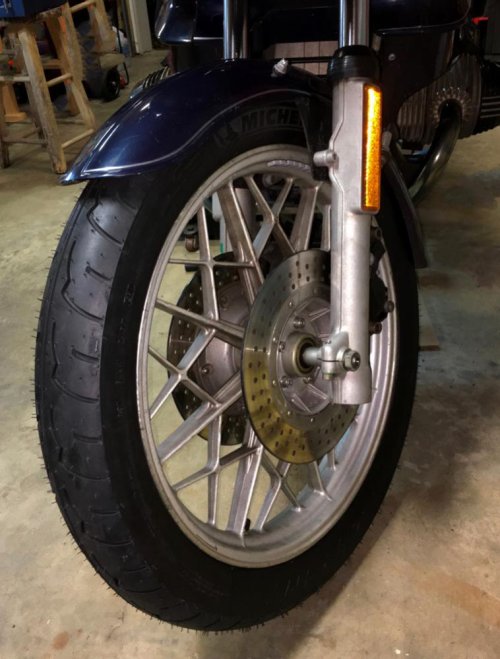What I said, tossing the Shinkos. Looking to hear from experienced rubber scuffers here. I want to get more traction, especially on wet pavement. I avoided a collision recently, but my front end washed out, and I'm still sore. My ride is a 1983 R80RT. Current rubber is Front 100/90 19 and Rear 120/90 18, Shinko tires. I went to my local shop to check availability.
Looks the ME888s are available 110/90 19. The ME888 is also available in 110/90 18. I have run Metzlers on other machines.
Also available are Pirellis rear, 120/90 18R MT66. and the MT66-F 100/90S 19.
I rode the MT66 set up on a 1982 Honda Nighthawk 450. Good sticky tires with a nice profile. I could stuff them into a turn with no problems. Pretty good for a bike with a tube/pressed steel frame.
Anyone here have experience, opinions on either of these two set ups, with any recommendations, I would appreciate hearing from you.
Cheers,
Bill
Looks the ME888s are available 110/90 19. The ME888 is also available in 110/90 18. I have run Metzlers on other machines.
Also available are Pirellis rear, 120/90 18R MT66. and the MT66-F 100/90S 19.
I rode the MT66 set up on a 1982 Honda Nighthawk 450. Good sticky tires with a nice profile. I could stuff them into a turn with no problems. Pretty good for a bike with a tube/pressed steel frame.
Anyone here have experience, opinions on either of these two set ups, with any recommendations, I would appreciate hearing from you.
Cheers,
Bill






